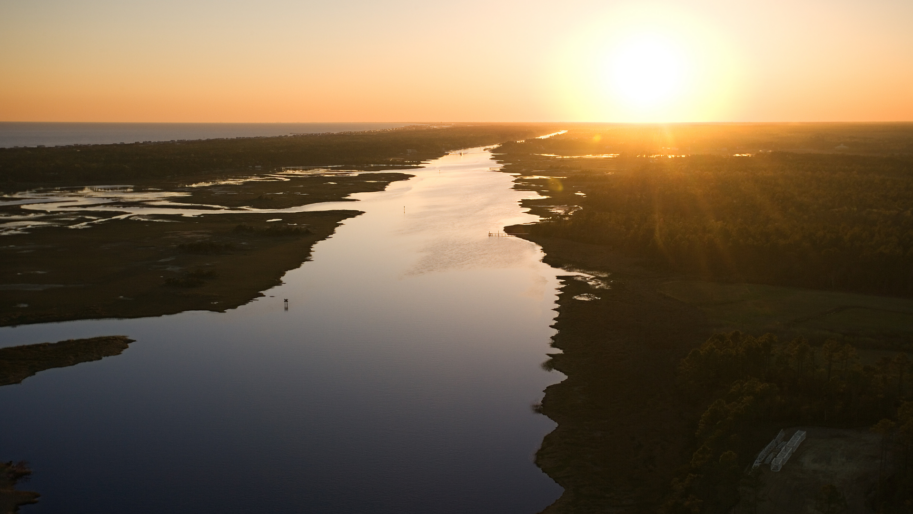AB 1992 will protect and conserve blue carbon ecosystems, such as coastal wetlands, in the coastal permitting process. It will authorize the California Coastal Commission to require a contribution to a blue carbon demonstration project with any coastal development permit that will impact coastal wetlands, subtidal, intertidal, or marine habitats.
Blue carbon refers to the carbon that is removed from the atmosphere through photosynthesizing plants in coastal and marine ecosystems, which is then buried in underwater biomass or sediment. Studies suggest that blue carbon ecosystems can sequester up to 10x more carbon and store up to 5x more carbon than terrestrial forests. However, events like sea level rise or land development limit or even reverse marine ecosystems’ ability to sequester carbon.
Only 10% of California’s historic wetlands remain. Without the ability to require demonstration projects, the development of our coastlines will continue to degrade blue carbon ecosystems, turning them from a valuable carbon-storing resource into a carbon-emitting problem. AB 1992 will protect coastal wetlands as a natural climate solution.
Status: (Updated 9/23/24) Vetoed by Governor Newsom.
Bill author
Related resources
AB 1992 (Boerner) Blue Carbon Projects Letter of Support to Assemblymember Boerner, March 13, 2024

